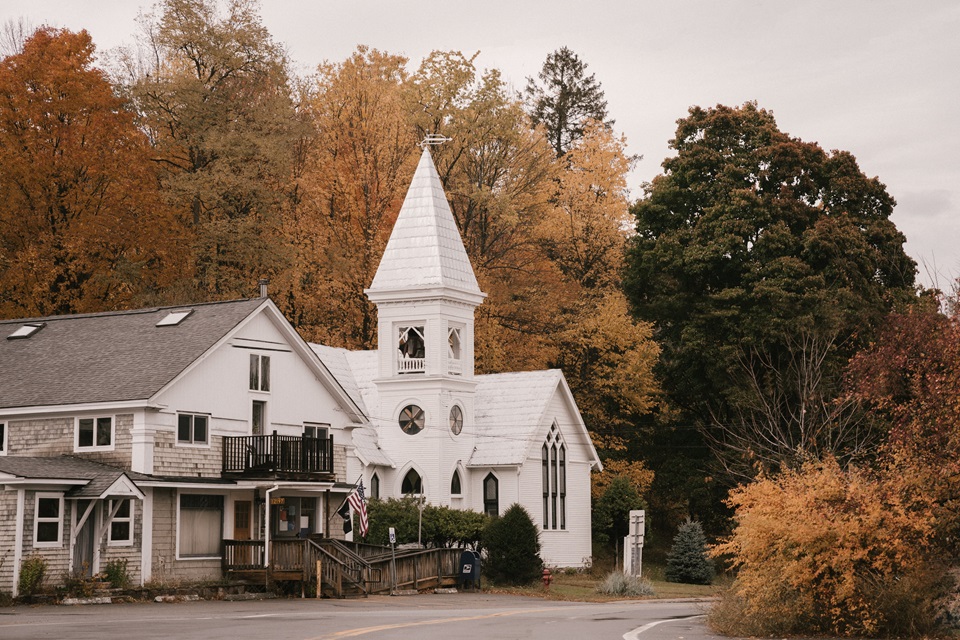
Many homeowners who buy old homes face unwelcome hurdles because of costly repairs and maintenance. But when you purchase a new home, you can rest easy knowing everything will be up to code.
Modern Designs
New homes offer plenty of interior space with clean lines that showcase modern architectural designs. They’re often designed for today’s families – with features such as multi-functional areas, driveways, and en-suites.
Many materials in new homes are sourced according to sustainability guidelines, which can help reduce the home’s volatile organic compounds (VOCs). This can decrease the risk of certain health conditions associated with VOC exposure.
In addition, new homes’ electrical, water, and gas lines are usually of a higher standard. This means less maintenance is required regularly.
Flexibility
In addition to appliances, cabinets, counters, and flooring, new homes allow buyers to choose paint color, furniture, walk-in closets, and other features. This allows a buyer to tailor their living space to fit their family’s needs rather than attempting to alter a previous owner’s taste to their own.
In addition, new homes are often designed with the latest tech in mind. For example, voice-activated home assistants are much easier to integrate into a brand-new property than in older properties that may have been built when these technological glories were just a gleam in a Silicon Valley entrepreneur’s eye. This translates into savings for the homeowner, who can reap the benefits of these innovations without the cost and hassle of renovating. New home developments also offer the added benefit of proximity to schools, parks, hospitals, places of worship, and expressways.
Energy-Efficient
As the world becomes increasingly concerned with protecting the environment, new homes Wichita focus on energy efficiency. This includes new insulation, windows, and appliances. Energy-efficient model homes cost homeowners less money to heat and are more excellent than old ones.
Energy-efficient materials such as vinyl windows and doors reduce the need for heating and cooling. This makes them an excellent choice for those concerned about rising utility costs.
They also improve comfort, as drafts are reduced, and indoor humidity is better controlled. Plus, they’re quieter because air leaks are minimized. Homeowners who choose to buy a new energy-efficient home can expect to save on electricity and gas bills and enjoy lower maintenance costs. This makes a new energy-efficient home an intelligent investment.
Affordability
A new home typically requires less maintenance than an older house and often has features like work studies, driveways, and en-suites that are in demand among younger buyers. With rising energy costs, a new home’s improved efficiency is also an attractive feature.
However, a new home’s cost is still likely to be more expensive than existing houses on the market. New construction can displace existing residents in high-demand areas.
In cities with tight housing markets, boosting the pace of new home construction could help lower-income households get into homes they can afford. But that’s a long-term solution that will take significant policy changes and political courage to implement.
Community
Often built in great locations within villages, new developments can be close to schools and supermarkets. This allows homebuyers to nip out for essentials and to meet their neighbors.
With a large number of families moving into the community at the same time, lasting friendships can start right away. Many builders also offer events and classes to help residents get to know each other.
Increased house building brings massive benefits for the communities where they are located. New homes provide much-needed housing for locals and greatly benefit the surrounding area, boosting shops, restaurants, businesses, services, and other infrastructure. The positive impact of new home construction lasts for years to come. This is why some communities that were formerly against development are slowly turning to support it.
